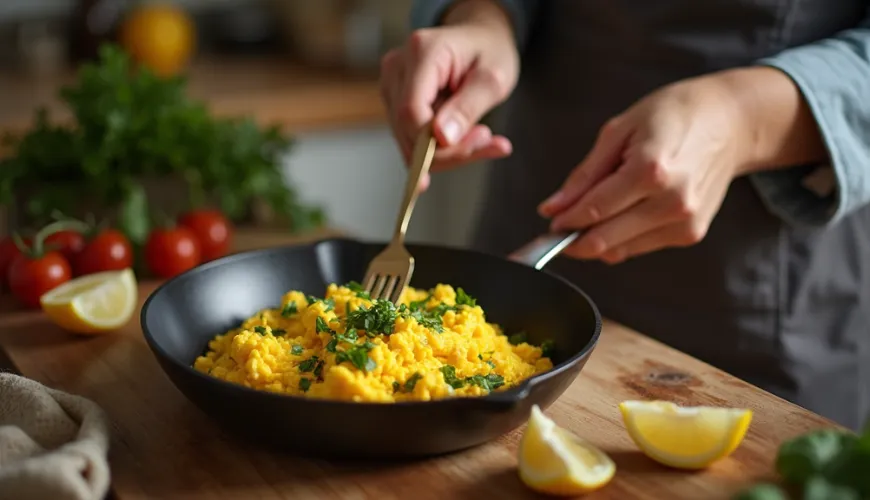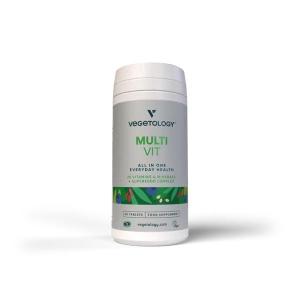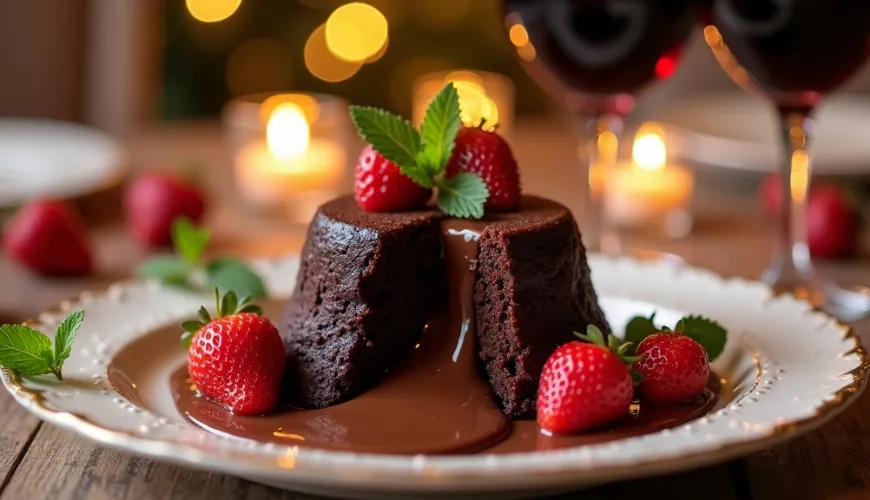
Scrambled Eggs as a Healthy Choice for Your Brunch

Scrambled Eggs as Art - How to Prepare the Best Breakfast
Scrambled eggs are one of those dishes that are so common that we sometimes forget how many variations and secrets they hold. In many households, they are prepared almost daily—quickly, simply, without much thought. Yet, in simplicity often lies sophistication. Really good scrambled eggs aren't just about cracking a few eggs into a pan and stirring until they set. It's about the harmony of temperature, time, butter, and sometimes even patience. With just a few small tricks, a regular breakfast can become a royal morning.
Why Are Scrambled Eggs So Popular?
At first glance, the answer is simple—they're quick, nutritious, and can be prepared in dozens of ways. But it's more than that. Eggs, as a food, contain quality proteins, fats, vitamins A, D, B12, and minerals like iron and selenium. When prepared gently, without high temperatures and without burnt fats, they represent an ideal basis for a healthy breakfast or brunch feast. Moreover, they pair wonderfully with other ingredients—vegetables, cheese, herbs, mushrooms, or even leftover food from the previous day.
Try our natural products
An American culinary blog once stated: "A cook is only as good as their scrambled eggs." And there's some truth to that. Properly prepared scrambled eggs require delicacy, attention to detail, and above all, focus. While many people prepare them too quickly and at high temperatures, professional chefs know that the key to success is quite the opposite.
How to Prepare the Best Scrambled Eggs?
The foundation, of course, is the quality of the ingredients. Free-range or home-produced eggs from hens with access to pasture not only taste better but also have better nutritional properties. The yolk is a deep yellow to orange, the whites are not watery, and they hold their shape well overall. And then there's the fat—ideally butter, unsalted and fresh, which adds smoothness and a pleasant creamy taste to the dish.
As for the preparation itself, there are countless recipes. But if we were to summarize how to make scrambled eggs that truly delight the palate, then according to many chefs and gourmets, the following procedure applies:
- Crack the eggs into a bowl, ideally 2–3 per serving. Salt only after cooking—the salt dilutes the white and can affect the consistency.
- It's not necessary to beat the eggs until smooth. Just lightly combine the white and yolk with a fork, leaving a gentle marbling if desired.
- Melt a small piece of butter in a pan over medium-low heat.
- Pour the eggs into the pan and start gently stirring—from the edges toward the center. Don't rush. The key is low temperature and patience.
- Once the eggs start to thicken but are still soft and creamy, remove the pan from the heat. The residual heat will finish cooking them.
A common mistake people make? Leaving the eggs in the pan for too long. The result is a drier, tougher, rubbery outcome. Properly prepared scrambled eggs should be soft, moist, and creamy—almost like a spread.
Scrambled Eggs to Taste
It's not necessary to stick to the basic version. Eggs are a versatile base that pairs well with other ingredients. Inspiration can be found all over the world. In France, they are popular with fresh herbs—chives, tarragon, or parsley. In Italy, Parmesan and tomatoes are added, while in India, scrambled eggs often contain turmeric, chili, and coriander.
Or try a version where a few drops of cream or milk are added to the eggs. The result will be somewhat smoother and softer. Just a few drops—otherwise, the eggs will be unnecessarily diluted. A popular combination is also with fresh spinach, mushrooms, or sautéed red onions.
In the Novotný family from Brno, they have their own recipe for the best scrambled eggs. "We use home-produced eggs from grandma, chopped thyme from the garden, and a piece of goat cheese. And we prepare them in a water bath—it's slower, but the taste is incomparable," says Lenka, who inherited the recipe from her mother.
Ethical and Sustainable Breakfasts
In recent years, more and more people are interested in where their food comes from. And this is especially true for eggs. Many grocery chains today offer eggs from various types of farming—from caged to organic. From an ethical and environmental standpoint, the ideal choice is free-range or organic eggs. The hens are allowed natural behavior, have access to light, movement, and quality food—all of which is reflected in the quality of the eggs.
According to research by Compassion in World Farming, consumers in the EU are increasingly interested in the conditions in which farm animals are raised. And conscious food choices can be a path to change—subtle but important. A healthy and ethical breakfast can thus begin with the right choice of eggs.
Scrambled Eggs and a Healthy Lifestyle
Not only do they taste good and satisfy hunger, but scrambled eggs can also be a full-fledged part of a balanced diet. Especially when prepared without burnt fats and supplemented with, for example, fresh vegetables, rye bread, or plant-based fat alternatives. For those who avoid animal products, there are plant-based egg substitutes—such as tofu scramble seasoned with black salt, turmeric, and vegetables.
It's fascinating how even such an apparently ordinary dish as scrambled eggs can be part of a creative, healthy, and sustainable kitchen. It all depends on the approach—and the home kitchen holds the greatest potential for change. Not only in terms of health but also in relation to nature and personal values.
So next time you're at the stove with a bowl of eggs in hand, remember that even the simplest recipe can be a small culinary art. It just takes a little care, quality ingredients, and the desire to do things better.




